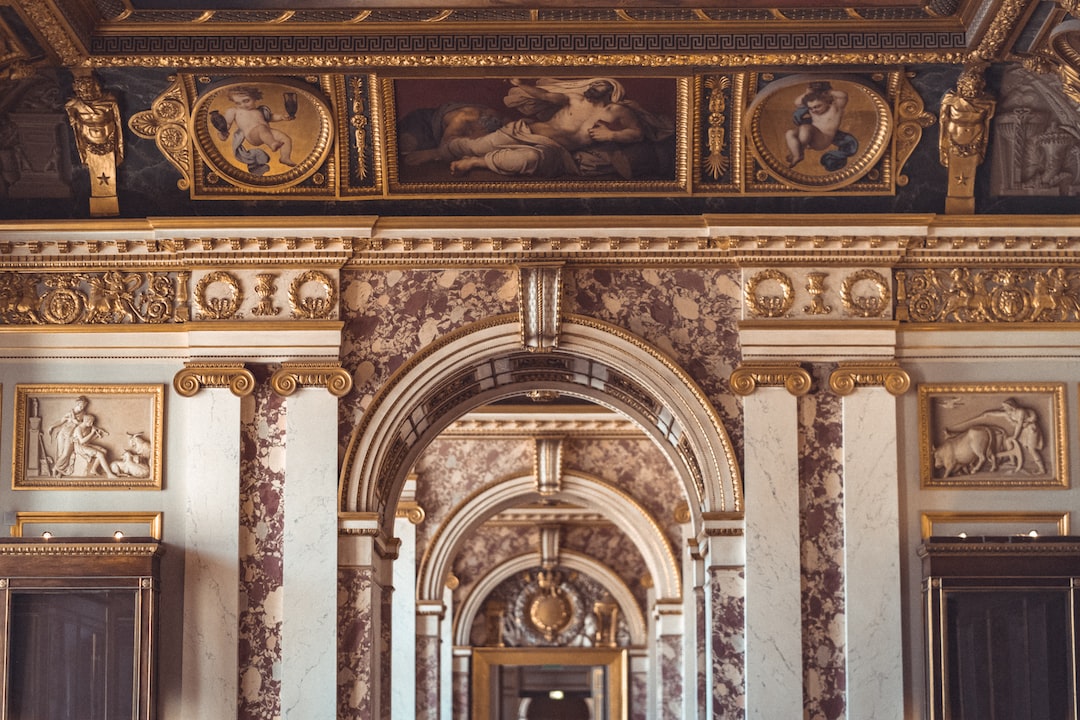Art has been an integral part of human existence for centuries. It has not only been a means of expression but has also played a vital role in shaping society. Throughout history, art has been a reflection of the times, critiquing the status quo, and inspiring change. From Renaissance paintings to contemporary street art, the role of art in society has evolved but remains just as fundamental.
One of the most evident roles of art in society is its ability to reflect the world around us. Artists serve as mirrors, capturing the essence of their time and place. Whether it is through paintings, sculptures, or photographs, art has the power to capture moments in history and preserve them for future generations. Just as the great artists of the Renaissance depicted scenes from biblical stories or portraits of royalty, today’s artists use their craft to address pressing social issues such as inequality, environmental degradation, or political unrest.
Art has the unique ability to serve as a critique of society. Artists are often at the forefront of challenging the established norms and pushing the boundaries of what is acceptable. By questioning the status quo, art challenges societal norms and encourages critical thinking and dialogue. For instance, during the 19th century, the Impressionist movement stood in stark contrast to the rigid academic style of painting. Artists like Monet, Renoir, and Degas challenged traditional artistic conventions, opting for more spontaneous and impressionistic depictions of the world. Their unconventional approach led to an artistic revolution and changed the course of art history.
Moreover, art has the power to inspire change in society. Artists are not mere observers; they are catalysts for transformation. Through their work, they can spark conversations, instigate social movements, and fuel revolutions. Think about street artists like Banksy or Shepard Fairey, whose politically-charged artworks have become symbols of resistance and activism. Their murals and stencils have the power to ignite passion and inspire action. Art has the ability to reach people on an emotional level, motivating them to reconsider their beliefs and take action towards positive change.
Furthermore, art can serve as a tool for social cohesion and community building. In a world that often feels divided, art has the potential to bring people together. Whether it is through shared cultural experiences, collaborative projects, or public installations, art has the power to bridge gaps and transcend differences. Art festivals, for example, create a sense of belonging and unity by showcasing diverse artists and encouraging dialogue between people from different backgrounds. By celebrating diversity and promoting inclusivity, art fosters a shared sense of identity and strengthens the social fabric of our communities.
Art education also plays a crucial role in society. Exposure to art from a young age cultivates creativity, enhances critical thinking skills, and promotes cultural appreciation. By incorporating art into the education system, we empower the next generation to become engaged citizens who can think outside the box, challenge the norm, and contribute to positive societal change. A society that values art education is one that encourages innovation and embraces diversity of thought.
In conclusion, art is not merely a form of entertainment or decoration; it plays a profound role in society. Whether reflecting the times, critiquing the status quo, inspiring change, fostering social cohesion, or fueling cultural education, art is a societal force that has the power to shape our world. As we navigate the challenges of the 21st century, let us recognize and embrace the transformative potential of art in creating a more inclusive, empathetic, and progressive society.
